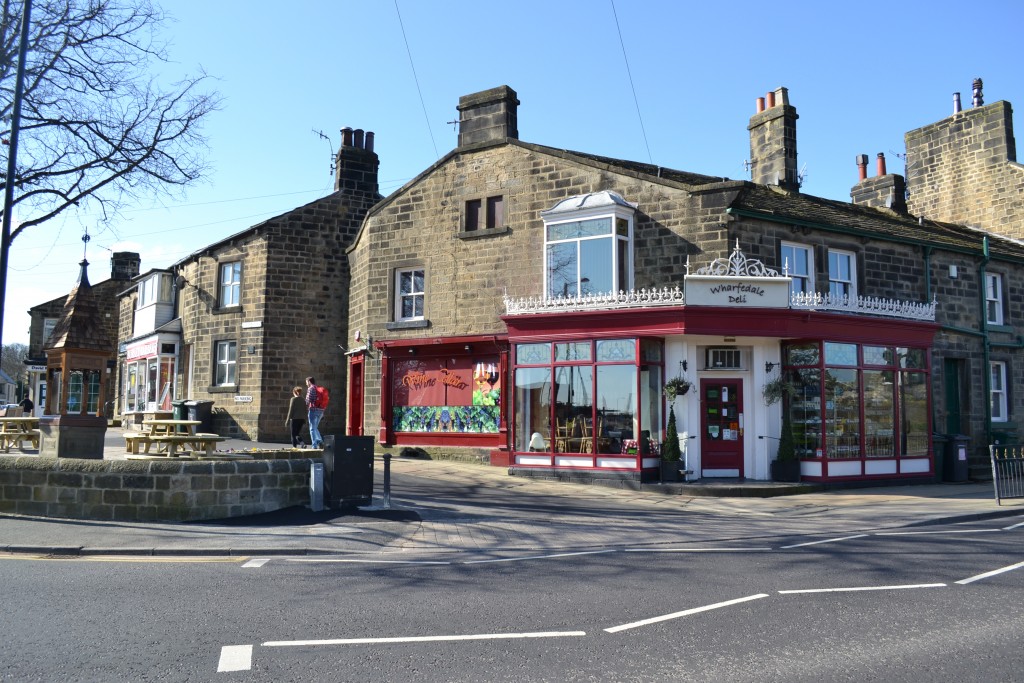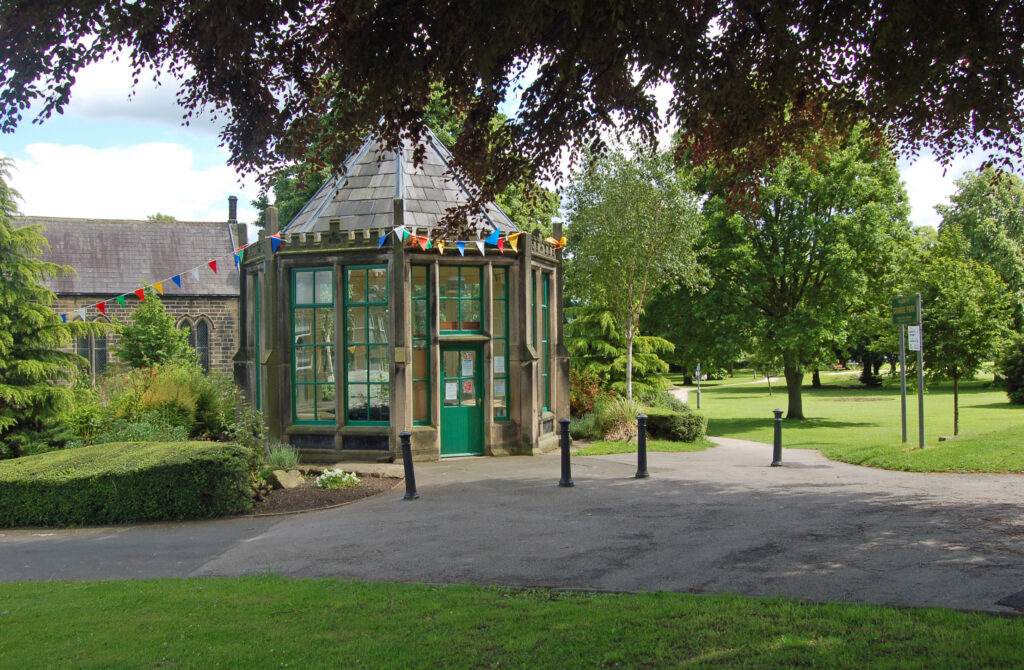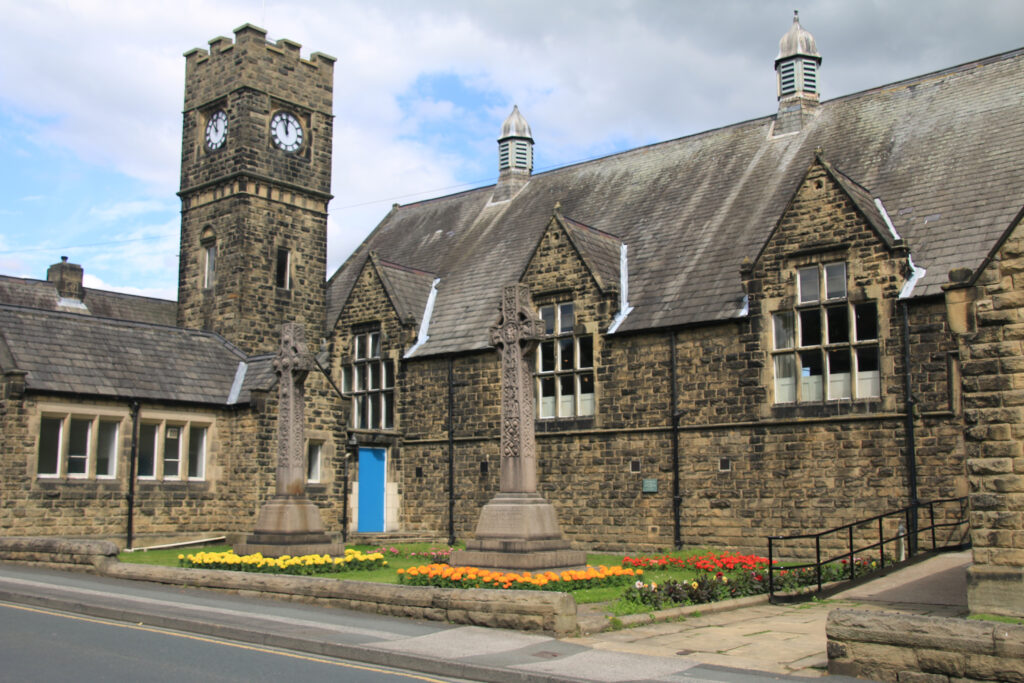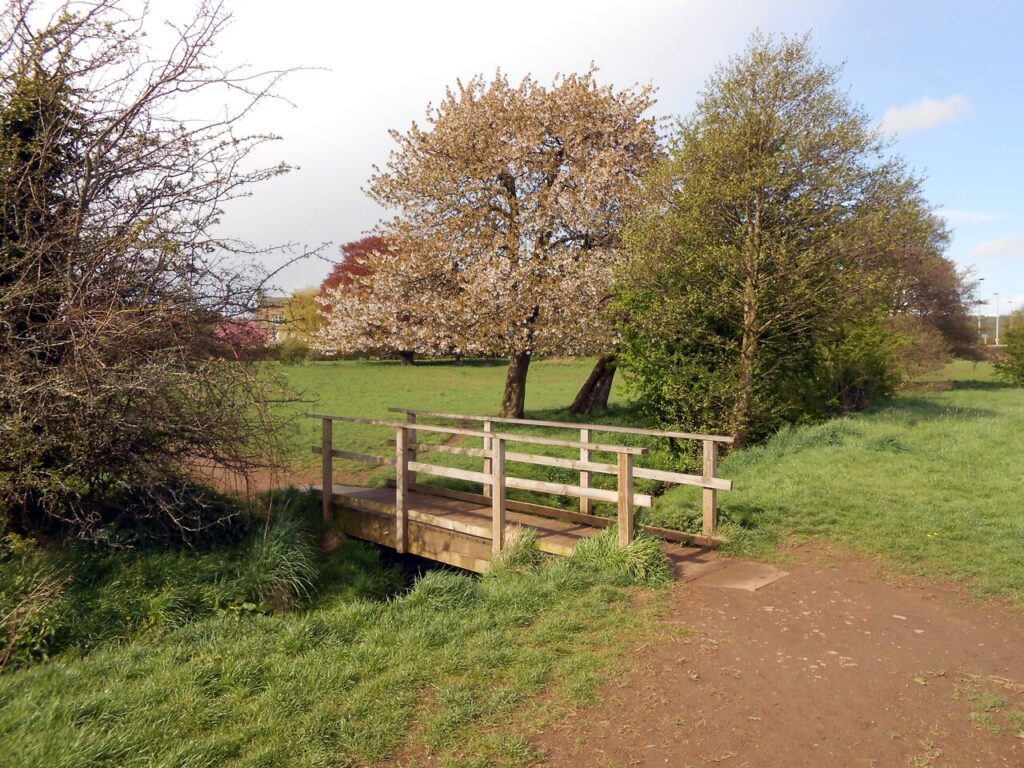
Welcome to Burley in Wharfedale
Introduction
Burley in Wharfedale is a community of around 6,500 people and lies on the River Wharfe mid-way between Ilkley and Otley. With its associated hamlets of Burley Woodhead and Stead, it covers 4.9 square miles about half of which is unpopulated moorland at a height of 300 metres and above. A vibrant Village Festival held during the last week in August hosts multiple activities and events including guided walks. Another village highlight is the Christmas Market and lights switch-on held at the end of November.
Sun Lane Local Nature Reserve on the west side of the village, once the village’s refuse tip, is now one of only three LNRs in Bradford Metropolitan District. The reserve is managed by the village’s Wildlife Group and is a riot of colour in the summer months with over 400 plants recorded here, as well as a number of species of butterflies, birds and moths. Burley has excellent footpath access to the beautiful countryside in all directions, including Burley Moor to the south and Ilkley Moor to the west.
Access to the Nidderdale Area of Outstanding Natural Beauty to the north is currently via stepping stones across the River Wharfe at Leatherbank, although plans have now been approved for a suspension footbridge. The proposed Greenway cycling and the walking route would link Burley, Menston, Otley and Pool. The Ebor Way passes close by at Burley Woodhead, as does the Dales Way link. The village has a range of refreshment opportunities, including pubs, shops and cafes mostly situated along Main Street. There is also bed and breakfast accommodation at the Wheatley Arms, Ben Rhydding and in the village.
Burley in Wharfedale: A brief history
The earliest mention of Burley (recorded as Burghley) is in a Saxon charter of 872. The Domesday Book of 1087AD mentions Burley as part of the Manor of Otley. The hamlets of Burley Woodhead and Stead together with Burley formed an 18th-century township.
The original village was centred on a 14th-century chapel, now the site of St Mary’s Parish Church. Nearby was a corn mill on the riverside, a manor house (Burley Hall), a smithy and an inn (the Malt Shovel, now converted into housing). The adjoining Pudding Tree Gardens is named after the giant pudding which was distributed here to residents up until 1787. Remains of the village stocks can be seen near the entrance to the church.

Before the 18th century, the village had grown away from its central core westwards along the route to Skipton, now called Main Street. Some of the farmhouses and barns from the 17th century such as the Dial House remain and form part of the village’s architecturally diverse Conservation area. Other significant buildings include the Grade 1 listed Burley House, built-in 1798 by the poet Thomas Maude on the eastern edge of the village. An old moorland track passed near Burley’s upper farms, and this became Burley Woodhead centred on the Hermit roadside inn. Cotton mills were established in the late 18th century leading to the village becoming industrialised. William Fison and William Edward Forster took ownership of Greenholme Mills in 1850 with worsted yarn and cloth becoming the main products. This was the largest water-powered mill in the country during the 19th century, and by 1871 employed over 1000 people. The Goit which powered the mill and now powers a hydroelectric plant originates at the nearby attractive weir and stepping stones.
Queens Hall
Remains of other mills can be seen alongside footpaths between the village and Burley Woodhead. The imposing twin memorials to Fison and Forster are in front of the Queen’s Hall on Main Street built by them as a school and meeting place for the village. Forster was also MP for Bradford and, as a minister under Gladstone, a great education reformer responsible for the 1870 Education Act which introduced publically funded schools. The successful campaign to retain the railway line during the 1960s in the face of proposed cuts by Dr Beeching coincided with the demise of Greenholme Mill as a major employer and has contributed to Burley continuing to grow and flourish as a community.

Where can I find out more?
Burley in Wharfedale village website, hosted by the Community Trust (which looks after many of the village assets), provides comprehensive information about local news, events and local organisations. Downloadable walks are also provided.
Visit www.burley-in-wharfedale.org
Burley House Field
The Walkers are Welcome group has published guides to walks in and around Burley, and these are available in businesses in Burley, and bookshops in Otley and Ilkley. Visit www.waw-burleyinwharfedale.org for more information.

Public transport
Burley is served by excellent bus and train services. The Wharfedale Line rail services from Leeds, Bradford and Ilkley give fast links every 15/30 minutes (one to two-hourly on Sundays) to Ben Rhydding, Ilkley, Menston, Guiseley, Baildon and Shipley. The railway station is a ten-minute walk from the centre of the village. The X84 bus runs every 20/40 minutes along the A660 / A65 between Leeds, Otley, Burley, Ilkley and Skipton, with bus stops along Main Street. The more local 962 service shuttles between Ilkley and Otley via Burley’s back roads and Menston, and the hourly X52 and 62 services go to Otley, Harrogate and (762 only) Keighley.